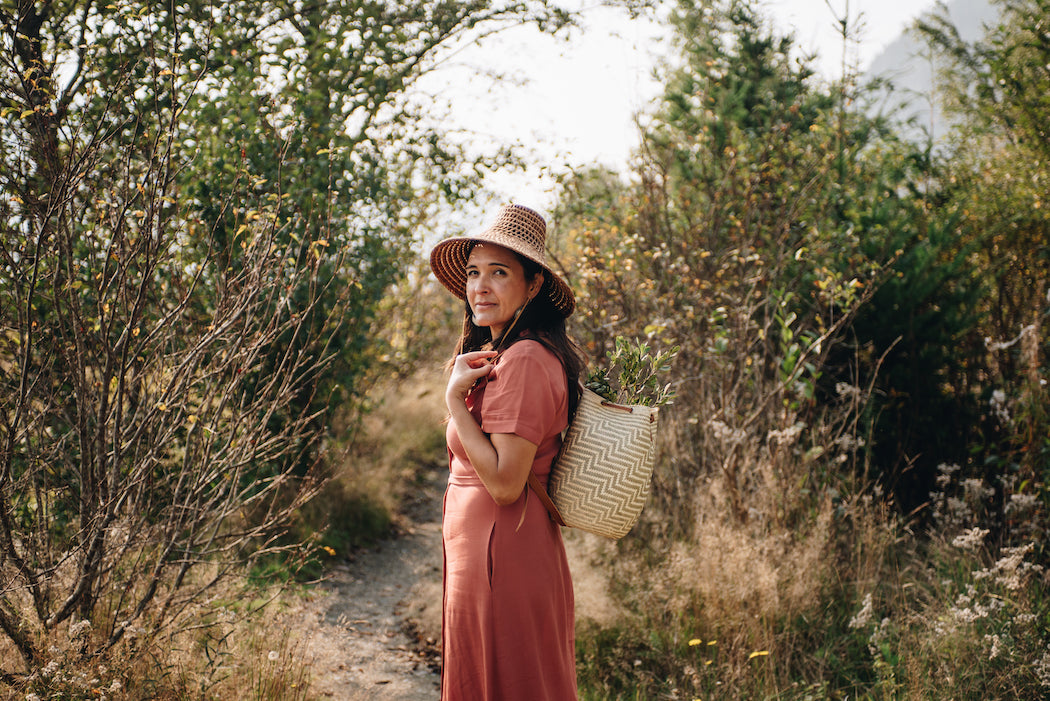Perhaps you have a framed print of deep red cherries hanging on your wall, or a postcard depicting bumpy green citrons—cross-sectioned and whole—tacked above your desk. Such artworks are not unusual; thanks to the enduring popularity of French country-style interior decor and the more recent emergence of cottagecore, botanical watercolors are everywhere, even inspiring dedicated Twitter accounts and influencing fashion trends.

Yet while many of us appreciate botanical fruit prints for their decorative qualities, we may overlook the scientific purposes such images were originally created to serve—and the artists, researchers, and explorers whose efforts made them possible.
Enter An Illustrated Catalog of American Fruits & Nuts, a new coffee table book from Atelier Éditions, born from Canadian-American artist and editor Pascale Georgiev’s fascination with the United States Department of Agriculture (USDA) Pomological Watercolor Collection. Assembled from 1886 to 1942, the USDA’s assortment of 7,500 fruit illustrations is an important resource for contemporary horticulturalists. Not only does it help researchers identify fruits (including varieties rediscovered after presumed extinction), but it documents the history of fruit breeding: essentially, the processes by which wild fruits gradually transformed into the varietals we eat today.

The USDA collection also continues to be a valuable reference point for plant diversity, especially in light of industrial agriculture’s homogeneity. “We’re losing variety, and that’s a dangerous thing over time,” says Georgiev, over the phone from Montreal. Indeed, 86 percent of apple varieties grown in the US since the species’ introduction in the 1600s have gone extinct within the last century, representing a significant loss of the genetic diversity that helps crops withstand disease, pests, and climate change. In fact, the bananas we know today were only introduced to the market in the 1950s after their predecessor, the flavorful gros michel variety, was wiped out by infection—a reminder of just how important having a wide offering of fruits within every species is for ensuring food security.
While An American Catalog only features a fraction of the complete USDA collection, it nonetheless packs bushels of stunning watermelons, grapes, persimmons, apples, and plenty of oddities to behold. Flip through and you’ll be met with bright red limeberries, pink blueberries, and chimera apples, which look half-dipped into a different color, as if by the witch in Snow White. Of all these beautiful specimens, Georgiev chose her favorite one because of its poetic name: “There is a plum named ‘tragedy,’” she says, “that I love.”

An introduction by The Fruit Hunters author Adam Leith Gollner, and accompanying texts by fruit enthusiasts including Jacqueline Landey, John McPhee, and Michael Pollan, fill the pages of An Illustrated Catalog with interesting tidbits, including some about what life was like for turn-of-the-century “agricultural explorers” who traveled the world finding Meyer lemons, honey jacks, and jaboticabas—and not always in countries that welcomed their interest (fruit comes with its own bitter colonial legacy).
The texts also peel back the pretty exterior of botanical fruit illustrations to reveal the artists who, prior to the widespread use of photography, painstakingly ensured their vivid realism. About half of the images in the USDA’s collection were created by three women: Deborah Griscom Passmore, Amanda Almira Newton, and Mary Daisy Arnold, who were recognized for their contributions to science during an era when the accomplishments of women were routinely misattributed to male luminaries in their fields.
The book itself is an attractive showpiece—a hefty, hot-orange tome that would make a lovely gift for a fruit-lover, or anyone interested in the intersection of science and art. Readers may find themselves craving rare fruits, but at least their intellectual curiosity will be sated.
Image credits
- Mandarin. R. C. Steadman, 1923.
- Fig, Royal Black. E. E. Lower, 1912.
- Cherry, Marasca Moscata. L. C. C. Krieger, 1933.












